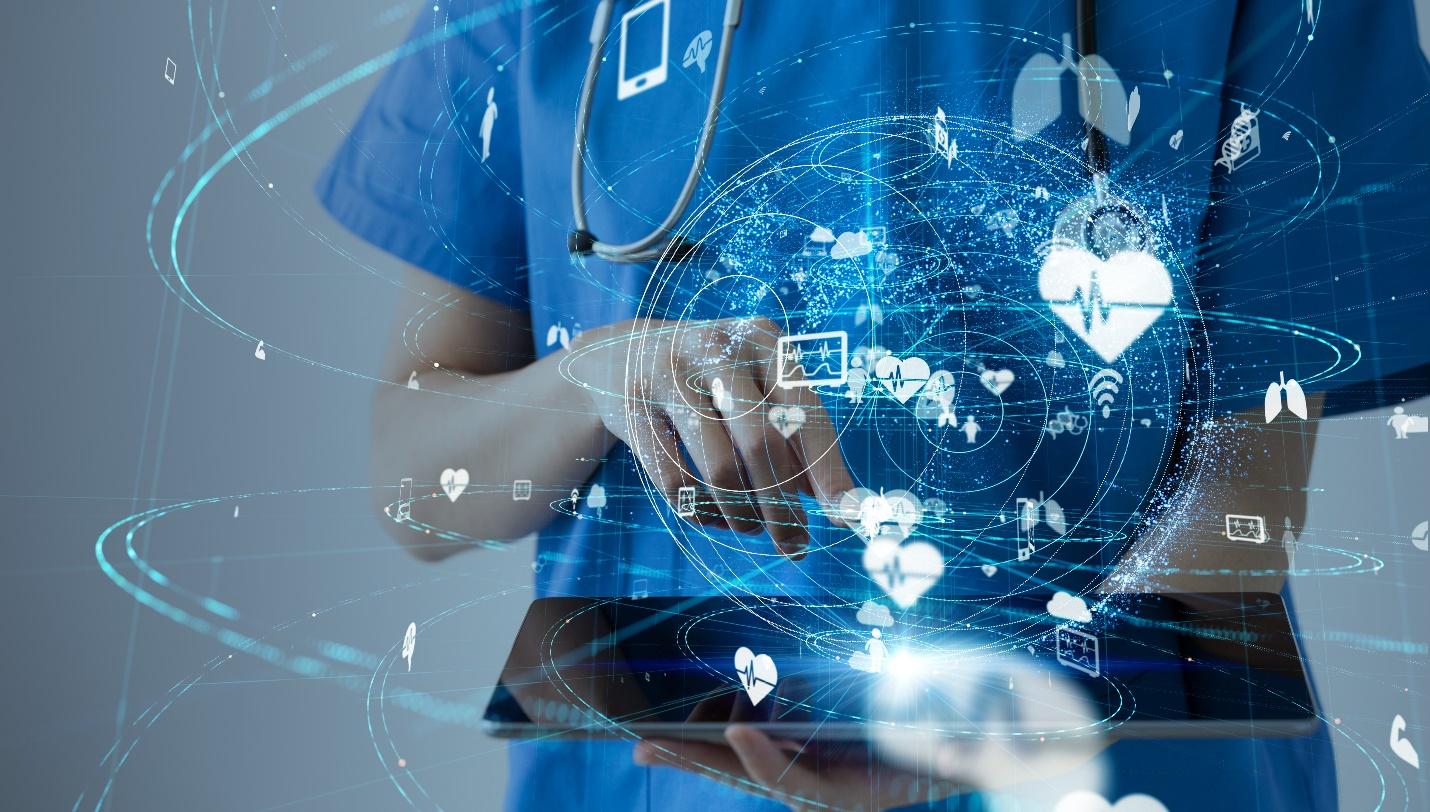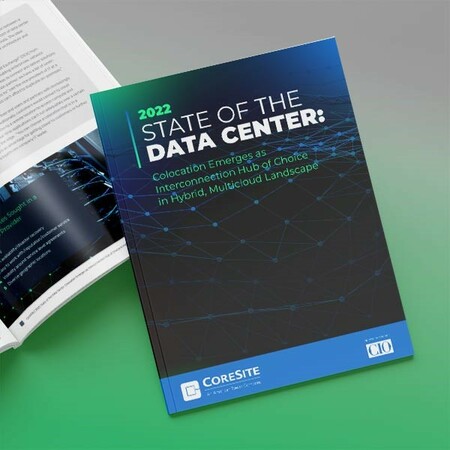
What is the IoT? How Does Colocation Impact the Internet of Things?
The age of Big Data is behind us. We’re now into the “Ginormous Data” era, in which data volumes measured in gigabytes, terabytes and petabytes are giving way to zettabytes of data. Most of this breakneck growth of data being generated, transmitted, stored and analyzed is attributable to the enthusiastic embrace by commercial, consumer and government organizations of networked devices called the “internet of things.”
This vast network of “things,” are objects or devices embedded with sensors, software and other technologies designed to collect, connect and exchange data with other “things,” as well as traditional data storage servers and data processing and analytics applications, over public internet and private networks.
What is the IoT?
According to Network World: “The internet of things (IoT) is a catch-all term for the growing number of electronics that aren't traditional computing devices, but are connected to the internet to send data, receive instructions or both."
There’s an incredibly broad range of "things" that fall under the IoT umbrella: Internet-connected "smart" versions of traditional appliances such as refrigerators and light bulbs; gadgets that could only exist in an internet-enabled world such as Alexa-style digital assistants; and internet-enabled sensors that are transforming factories, healthcare, transportation, distribution centers and farms. In enterprise settings, IoT can bring the same efficiencies to manufacturing processes and distribution systems that the internet has long delivered to knowledge work. Billions of embedded internet-enabled sensors worldwide provide an incredibly rich set of data that companies can use to improve the safety of their operations, track assets and reduce manual processes.”1
Estimates of the number of “things” that have been deployed globally to date vary. Oracle, however, says that the number will grow to 22 billion IoT devices by 2025.2 The company goes on to state that “IoT has become one of the most important technologies of the 21st century.” Ordinarily, such a statement might be dismissed as nothing more than marketing hyperbole, but in this instance, it’s probably not.
IDC has weighed in from another angle, projecting that “IoT devices will generate about 90 zettabytes of data by 2025 out of an expected total of 175 zettabytes, accounting for more than half of all the world’s data in six short years.”3 Most other IT experts agree. There may be some minor quibbling about the current and estimated number of things to be deployed or about the amount of data they will collect and generate, but there is no meaningful disagreement about the importance and rapid implementation of IoT infrastructures, including the connection to edge, colocation and hyperscale data centers.
Top IoT Use Cases
Focusing on commercial and industrial industry sectors, you’ll find examples of IoT implementations virtually everywhere. Among the key industries that have been quick to appreciate the value of IoT and find numerous performance-enhancing, cost saving, lifesaving and customer experience enhancing uses for it are:
- Healthcare
- Manufacturing
- Energy and other utilities
- Transportation
- Retail
- Financial services
Let’s look at a few examples of how IoT is being employed in some of these sectors.

- Healthcare
IoT is being used in a variety of ways to monitor patients’ health conditions – both in hospitals and remotely – to assess their conditions in real-time and take prompt action when required. Wearable devices can monitor patients’ vital signs, medication levels and the health of implantable medical devices and other equipment that may need maintenance. Other devices, such as bed sensors and GPS trackers, set off alerts and enable the tracking of residents who wander out of assisted living or nursing facilities. As telehealth continues to grow, the IoT (also referred to as the Internet of Medical Things, in the healthcare world) is likely to become even more prevalent and important.
- Energy and Other Utilities
Power companies use the IoT to monitor the performance of their energy generation equipment, trigger alerts and execute failovers to back-up systems when outages occur. They also use various devices to monitor and test the health of their equipment, then notify service technicians when preventive maintenance is needed. And, of course, IoT devices automate the collection of customer usage data via smart meters for billing purposes and much more.
Water companies rely on IoT to track drinking water supplies, monitor water quality, manage the performance of wastewater treatment plants and collect customer usage data. IoT devices improve field service efficiency by eliminating the need for individuals to physically visit pumping stations and other critical sites to inspect their operational states.
- Manufacturing
Manufacturers use a host of IoT devices for optimizing supply chain logistics, monitoring the health of equipment and maintaining inventories of finished goods. Suffice to say, there are many other instances in which manufacturers leverage the IoT to maximize productivity, reduce cost, eliminate waste and improve safety. Industry 4.0 is transforming processes, quality control and logistics, as we are about to discuss.
- Transportation
Transportation companies, such as trucking organizations, need to be able to track shipments in real time and provide customers with reliable ETAs. They use IoT devices to gather, track and transmit this information between vehicles and company servers and applications hosted in colocation data centers. Information on the location of their vehicles and the contents of those vehicles is critical to their ability to make real-time decisions and maximize operational efficiency. In this industry sector too, the ability to monitor the condition of their vehicles in order to perform necessary preventive maintenance is business-critical to avoiding breakdowns that would lead to supply chain disruptions.
There are innumerable additional examples of IoT at work all around us 24/7. For instance:
- Inventory tracking and theft prevention in retail settings
- Air quality monitoring and remote temperature control in large commercial buildings
- Indoor and outdoor visual surveillance systems to monitor public spaces and help deter crime
- Digital signage on highways to provide traffic alerts and estimated delay times
- Security devices to deter and detect theft and/or control entry into restricted spaces and facilities
This list could go on and will surely grow in the future.
IoT Payoff Depends on Colocation Data Center Capabilities
The IoT as it exists today provides a hint of its potential to enhance business processes, performance, security and customer experiences in the near future. However, it must be thoughtfully integrated into your IT infrastructure, with special consideration given to where you locate infrastructure components to optimize performance and return on investment.
While the IoT is a boon to many industries, allowing them to monitor, analyze and manage their operations, improve their customer service and boost their bottom lines, it also requires new levels of connectivity, scalability, security and reliability to deliver its optimal payoff.
Extending data processing and compute capabilities to the edge of your ever-expanding hybrid IT infrastructure quite obviously has significant benefits. Yet the ultimate effectiveness of the IoT depends to a great extent on your colocation data center’s connectivity and scalability capabilities. Without low-cost latency that allows the near real-time data connectivity between edge IoT devices and centralized servers and applications, IoT generated data can lose much of its value. That translates into losing a competitive edge in your industry sector.

That’s why more organizations are moving their on-premises IT infrastructures into CoreSite colocation data centers. CoreSite interconnection services help deliver real-time communications and sub-millisecond connectivity to the edge of your enterprise via high performance, wide area networks (WAN) and native on-ramps to leading public cloud providers. Our colocation data centers also ensure the level of on-demand, virtually unlimited scalability and 100% uptime SLAs your organization requires to meet its business objectives.
To further simplify and streamline your organization’s operations, our Open Cloud Exchange® enables you to provision exceedingly low latency connectivity to multiple cloud and IT service providers and empowers you with the ability to manage your connectivity through a single interface in MyCoreSite, our customer service delivery platform.
Learn more about the critical role CoreSite Data Centers play in optimizing the value of IoT data and other edge computing operations in our 2022 State of the Data Center Report.










